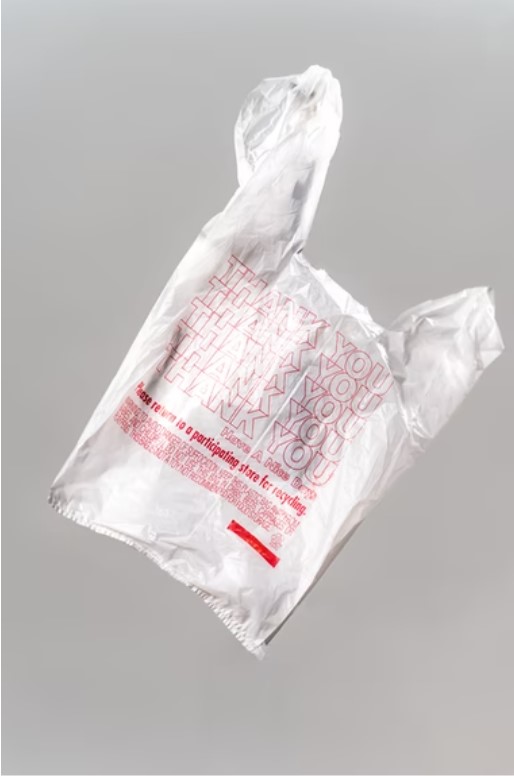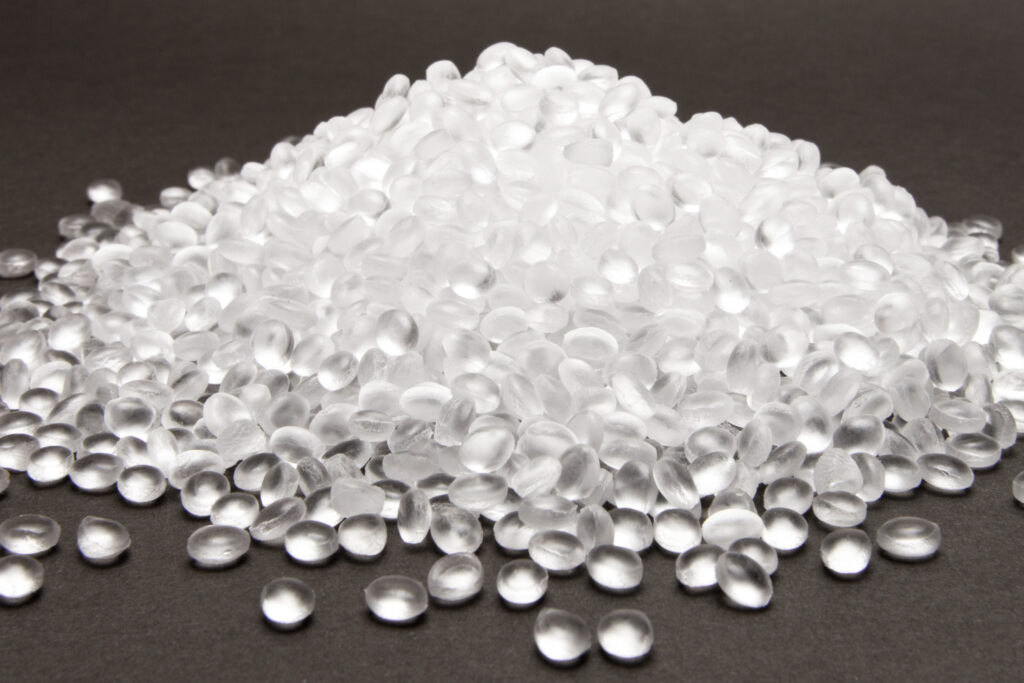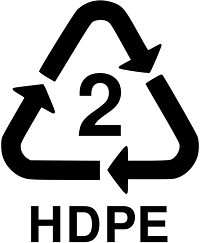Many of us use plastic bags every day without thinking about the materials or processes that go into making them. Learning about how plastic bags are made is not only quite interesting, but can actually help you make a positive environmental impact through recycling.
This post will teach you what plastic bags are made of, how they’re made, and how plastic bags can be recycled.

What Are Plastic Bags Made Of?
Plastic is a type of polymer, a large group of molecules arranged in a specific pattern. The main polymer that makes up plastic bags is called polyethylene. Polyethylene is the most widely used plastic in the world and is popular due to its flexibility and wide variety of uses.
Polyethylene is a man made polymer, and was first produced in the 1930s. Read more about the history of plastic bags here.
Polyethylene is thin and flexible, and is often used as a “film” to make plastic bags. Polyethylene can take the form of a variety of compounds. Most plastic bags are made from either high density polyethylene (HDPE) or low density polyethylene (LDPE), and sometimes linear low density polyethylene (LLDPE).
HDPE plastic is often used to make grocery bags that you see in a typical grocery store.
LDPE plastic is thinner, and is used to make newspaper bags, bread loaves bags, and fruit bags, among other things.
LLDPE is most commonly used to make plastic stretch wraps, which may be used for shipping.
How Are Plastic Bags Made?

Polyethylene takes the form of small, round pellets. In a process called “blown film extrusion,” the pellets are melted, and then blown upward to create a thin plastic, and then formed into a bag shape.
The first step of blown film extrusion is melting and liquifying the polyethylene pellets. This liquid is then blown into a tube shape before being rolled out into a single sheet of plastic. This thin plastic film is then cut and formed into a bag shape. The bag may be printed with a design as well. Lastly, the bag’s edges are sealed together using heat.
Environmental Impacts
Plastic bag manufacturing has large environmental impacts, as making plastic bags takes a large amount of energy and resources. For example, Americans use 100 billion plastic bags every single year, which takes 12 million barrels of oil to produce.
While we use large numbers of plastic bags, we use most of them for less than an hour. Thus, plastic bags also have negative impacts on the environment after we’re done using them, as they are thrown out and do not decompose in landfills.
According to the U.S. EPA, nearly 90% of all plastic bags and wraps produced are not recycled and end up in landfills or the ocean.
Can Plastic Bags Be Recycled?
While many of us don’t realize this, it is possible to recycle plastic bags if the plastic bag’s material is lightly colored, clean, and dry. You can tell what kind of material the bag is made from by a recycling code, or “resin code,” that may be printed on the bag.

HDPE bags can be recycled, and are marked by recycling code #2. LDPE bags can usually be recycled, and are marked by recycling code #4.
However, LDPE plastic often gets tangled in recycling machinery, which can be dangerous and expensive, so many cities won’t accept LDPE in their recycling.
In addition to recycling your plastic grocery bags, consider using a reusable grocery bag made of natural fibers to lessen your environmental impact. And if you’re curious if using a reusable grocery bag is even that much better than using plastic bags, compare the environmental impacts of reusable grocery bags and plastic bags here.
